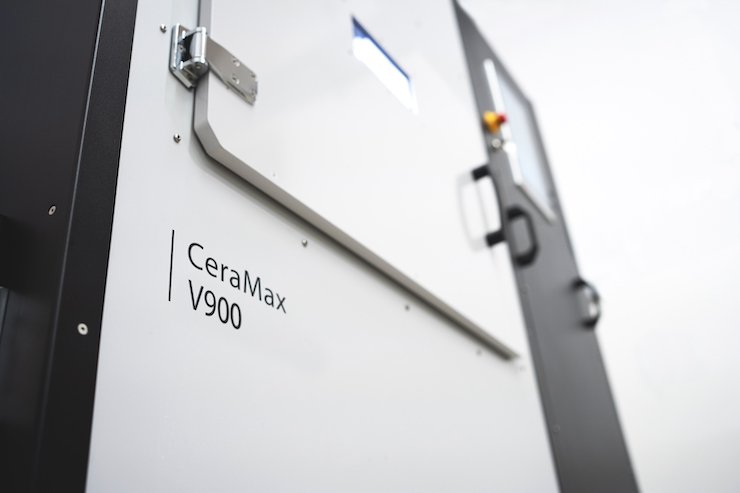
Lithoz has signed a Cooperative Research and Development Agreement (CRADA) with the US Department of Energy’s Oak Ridge National Laboratory (ORNL) to explore the additive manufacturing of non-oxide ceramics.
The partners will use Lithoz’s Laser-Induced Slipcasting (LIS) technology, with the technical collaboration seeking to shape non-oxide ceramics with high-refractive indexes for use in extreme temperature applications.
LIS, which uses slurry drying technology to guide computer-controlled light amplification by stimulated emission of radiation that desiccate liquid-suspended controlled layers of solids, has been launched by Lithoz to produce more complex and larger-scale parts. It can also process dark ceramics, such as silicon carbide, which also has a high-refractive index.
ORNL and Lithoz will work to scale up the production of ultra-high temperature ceramic parts to an industrial level, assessing its technical capabilities using a common oxide-ceramic material. This will involve printing and debinding the primary material from the moulded component before forming the substance into a solid material in a process known as sintering, with testing then being carried out.
“This project will build on ORNL’s years of research in developing and testing high-temperature materials and ceramics,” commented Corson Cramer, Extreme Environment Materials Processing Group staff scientist at ORNL. “By combining our expertise with Lithoz 3D printing capabilities, we have the potential to change the concept of high-temperature ceramics processing for heat exchange, aerospace and defence applications.”